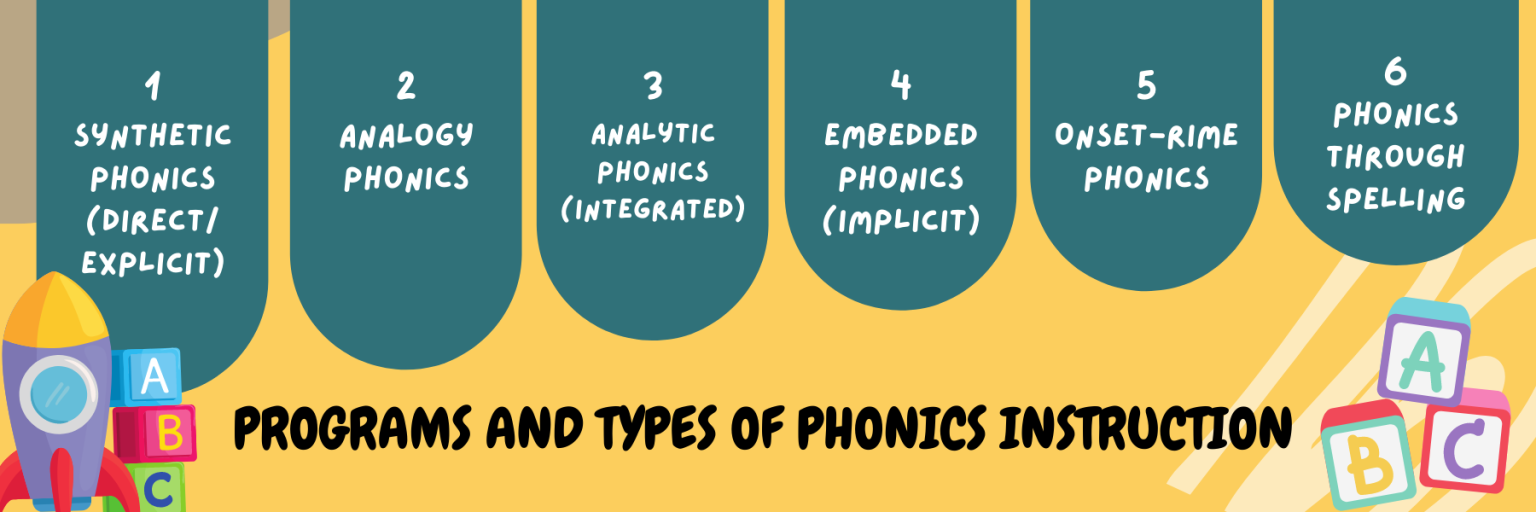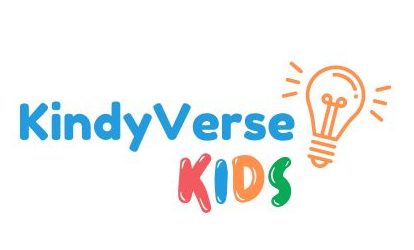STRATEGIES ON HOW TO MAKE YOUR CHILDREN READ AND MEMORIZE FASTER
| The Power of Phonics

Ever wonder what should a kid learn first? Or, ever wonder what to teach a kid first? Ever heard of phonics? Here’s how to make your children read and memorize faster with phonics.
7 Things You’ll Learn After Reading This Article:
-
- What is Phonics, 4 Types of Phonics, and Phonological Awareness
- What Makes Phonics Important for Early Childhood Education?
- What Do Parents Need to Know About Phonics?
- Phonics for Early Childhood Education
- How to Make your Children Learn to Read?
- How to Make Your Children Read: Introducing Phonics to a Two-Year-Old.
- How to Make Your Children Read: Introducing Phonics to a Four-Year-Old at Home.
- What are the 44 Phonics/English Sounds?
- How Can I teach Phonics Online?
- How Phonics differ from Phonemic Awareness?
Introduction
A child is born with a tabula rasa. A clean slate, a new beginning, meant for change and be molded by perceptions and life experience. Their brain knows nothing but to express their expressions such as joy, sadness, interest, excitement, and anger before learning how to say their first word. And it is amazing that even with the lack of linguistic ability, they are already blessed and capable of being social and cognitive. As they age, they learn inch by inch, and it is all based on their experience and intuition. This is also how they come to recognize and learn the kinds of stuff they always see, hear, smell, feel and taste. Indeed, the 5 senses (or 6 because of intuition) are vital for a child to learn effectively. Sooner or later, as they start to recognize and understand the usual things, they develop language skills as they are bound to learn and use for the rest of their life.

What is Phonics?
Phonics is a method of teaching children to read and write where the letters and sounds are in a relationship. Basically, most parents or teachers teach phonics by correlating sounds to a letter or group of letters, so, in this way, the child or student understands and recognizes the word or subject. Take this example of phonics in the images below:
Children can easily remember names or labels upon hearing the sound and seeing the picture or the physical object. Take, for example, the image at the top-left; children will learn that the letter Y has a similar sound /y/ from a toy with a round body controlled by a thread, Yoyo; while the image at the top-right, we can see the letter Z and that /z/ is for the animal that lives in Safari, Zebra.
Now, the phonics definition is explained. It’s time to level up your understanding of phonics. The following are the 2 programs of phonics instruction. Make sure to take note of this!
Programs of Phonics Instruction
Before we explain the types of phonics instruction, knowing about programs of phonics instruction is like a pre-requisite since these programs will be the basis on how phonics will be taught to the beginning readers.
Explicit/Systematic Phonics Instruction
The explicit or systematic phonics instruction is for the beginning readers to experience a step-by-step procedure learning how to read and write the words. In this program, beginning readers are taught from the very basic or introduction on how to learn to read or recognize phonics up to the point they are able to decode words.
In terms of spelling or sounds, the explicit program taught the beginning readers direct and detailed instructions. For example, letter A is taught to the student what does it sounds like and it is /a/ then teaches phonemes with the same sound and other unit instructions to get familiarized with the letter or word until the reader can decode it.
Implicit/Incidental Phonics Instruction
This program does not have a clear structure or procedure on how phonics is taught. Based on its name Incidental or Implicit, its approach is based on reading the whole word first then breaking apart to identify the word from what unit of instruction is present. In this instruction, the beginning readers are not actually taught how to read and clearly not to develop skills but to gain information or experience through reading storybooks.
6 Types of Phonics Instruction
Phonics instruction can be thought of in 6 ways. There can never be any more complicated, these are proven effective and easy to learn.
Here are the 6 types of Phonics and their examples:
- Synthetic phonics (Direct/Explicit)
The synthetic phonics approach is systematic, direct, and explicit. Converting letters to sounds (phonemes) and then blending the sounds to form recognizable words is a process that students must learn explicitly. In the synthetic phonics approach, the beginning readers are being taught to read the 44 sounds or the phonemes first then making them try to write the word.
Let’s try to make step-by-step instructions on how to read a word in the synthetic phonics approach and try to apply our basic knowledge out of it based on how we had defined it.
We now have an idea of how to read in the synthetic phonics approach. Let’s try to level it up by identifying and writing the words using the same approach.
- Analogy phonics
By comparing unfamiliar words to well-known ones, you can teach students unfamiliar words (e.g., recognizing that the rime segment of an unfamiliar word is identical to that of a familiar word, and then blending the known rime with the new word onset, such as reading trick by recognizing that -ick is contained in the known word pick, or reading stump by analogy to bump).
Take, for example, the following words are based on the known word and then the rest are the words with the same analogy of the word.
| -ike | -ide |
| Bike | Ride |
| Mike | Bide |
| Like | Side |
| Dike | Tide |
| Hike | Wide |
- Analytic phonics (Integrated)
To avoid pronouncing sounds in isolation, analytic phonics teaches students to analyze letter-sound relationships in previously learned words. The analytic phonics approach requires knowledge of the English alphabet and the sounds to be able to read words. It also has reading strategies like initial consonant blends, final consonant blends, vowel and consonant digraphs, and silent letters or ‘e’ as it is commonly used. Usually, it is more on guessing the next word after reading or analyzing. Here, we have a list of words with the same starting letter words and the same final letter words and other strategies mentioned earlier.
| Same Middle Sound Words (a) | Same Final Sound Words (p) | Initial Consonant Blends (bl) | Final Consonant Blends (st) | Vowel Consonant Digraphs (oo) | Silent ‘e’ |
| Mat | Dip | Bleed | Moist | Hoop | Blue |
| Rat | Rap | Bless | Roast | Loop | Mate |
| Pat | Sip | Blossom | Most | Mood | Sue |
| Hag | Lip | Bliss | Toast | Sooth | Shake |
| Mad | Map | Blurt | Host | Root | Rue |
To make things clearer, the analytic phonics approach looks at the whole word as a level to be analyzed and coined as “a new approach to teaching spelling” because, in order to learn the word, it breaks the words into parts.
- Embedded phonics (Implicit)
Teaching the students’ phonic skills through the incorporation of phonics instruction into text reading is a more implicit approach that makes use of incidental learning to some extent. The embedded phonics approach is for informational purposes and not actually for skills development. In implicit phonics, phonemes are not pronounced in isolation and do not include strategies for the beginning readers to use on new or unknown words they encounter.
In embedded phonics, the teacher or parent begins reading stories or texts before they identify and teach the relevant parts. They begin to learn words and how to decode while listening or reading together with the teacher or parents. There are no step-by-step instructions, and it is taught incidentally during reading sessions so there is a possibility of missing important parts.
- Onset-rime phonics
In this subtype of analogy phonics, instruction focuses on a high-utility phonogram or ‘rime’ families such as -at (bat, cat, fat, sat, etc.) and -an (can, man, fan, tan, plan, etc.). It helps the student to learn about word families, better for future learning and spelling strategies.
| Word | Onset | Rime |
| Pan | P | AN |
| Pet | P | ET |
| Tin | T | IN |
| Bed | B | ED |
| Bat | B | AT |
| Twig | TW | IG |
- Phonics through spelling
Children learn to segment words into phonemes and to make words by writing letters for each phoneme.
| SPELLINGS | WORDS |
| /ee/ | Free |
| Deep | |
| Feel | |
| Bleed | |
| /ea/ | Each |
| Weak | |
| Lead | |
| Leave | |
| /at/ | Fat |
| Bat | |
| Pat | |
Rat |
Conclusion
The following is the summary of all the articles stated above. These are the main points that should be remembered. For thorough explanation, kindly navigate to the articles above.
- Phonics is a method of teaching to read and correlating the sounds with letters or even a group of letters; Phonological Awareness means being able to recognize words, a rhyme or counting of syllables in a word; Phonemical Awareness means the ability in recognizing the sounds in spoken words, the blending, and counting the number of sounds in a word.
- It is vital for the child’s development stage to be observed and be nurtured hand-on by their parents. It helps to improve a family bond, trust, and better results for their learning.
- Basic foundations such as teaching young children’s phonemes are vital for them to learn how to read.
- There are six types of phonics. These are; Synthetic, Analytic, Analogy, Embedded, On-Set Rime, and Phonics through Spelling.
